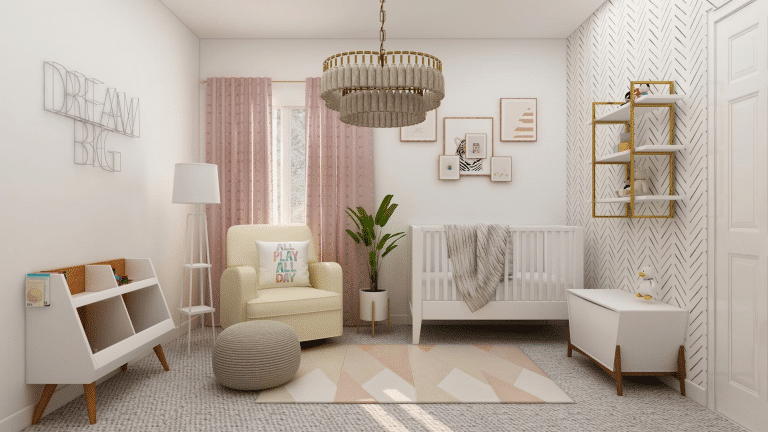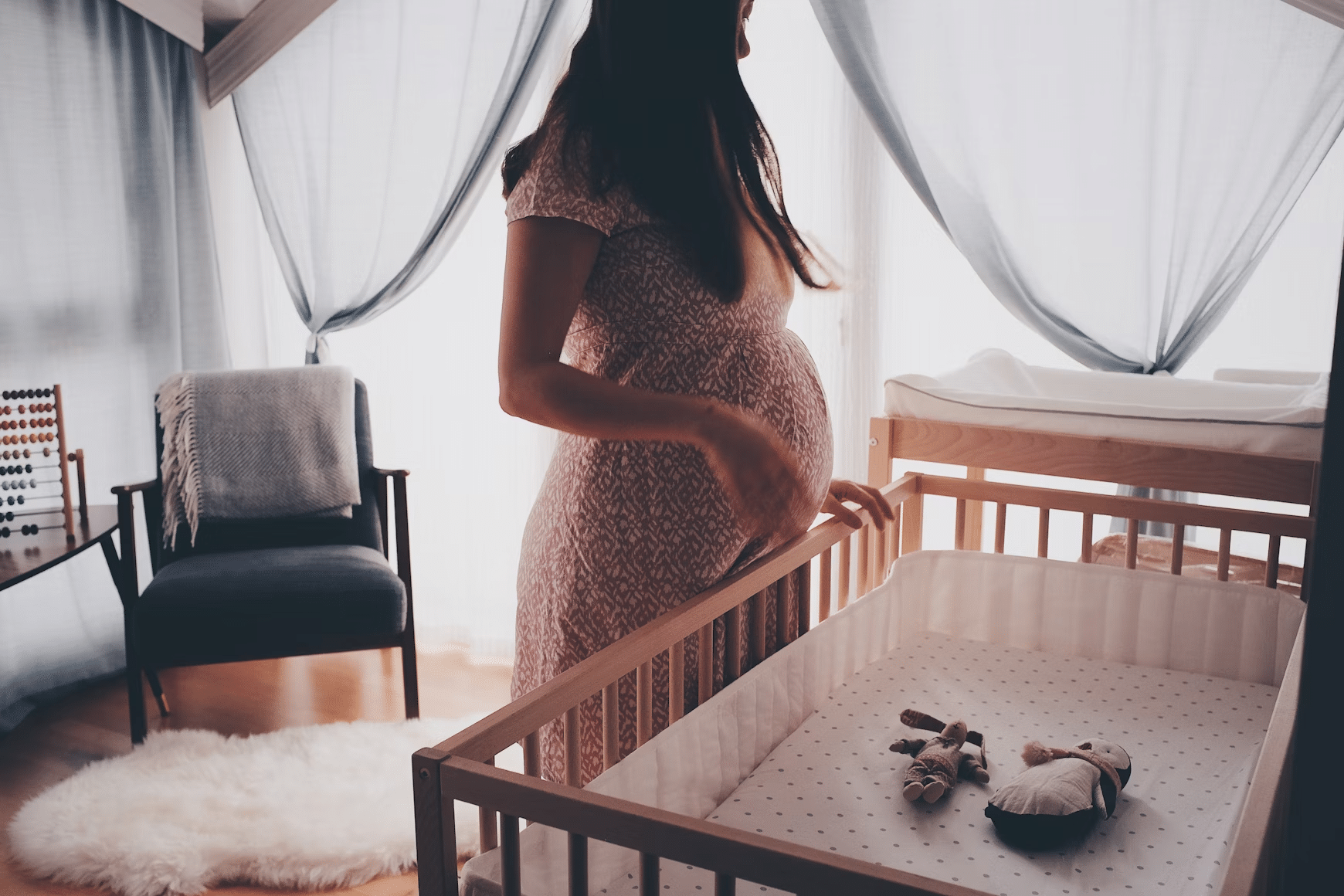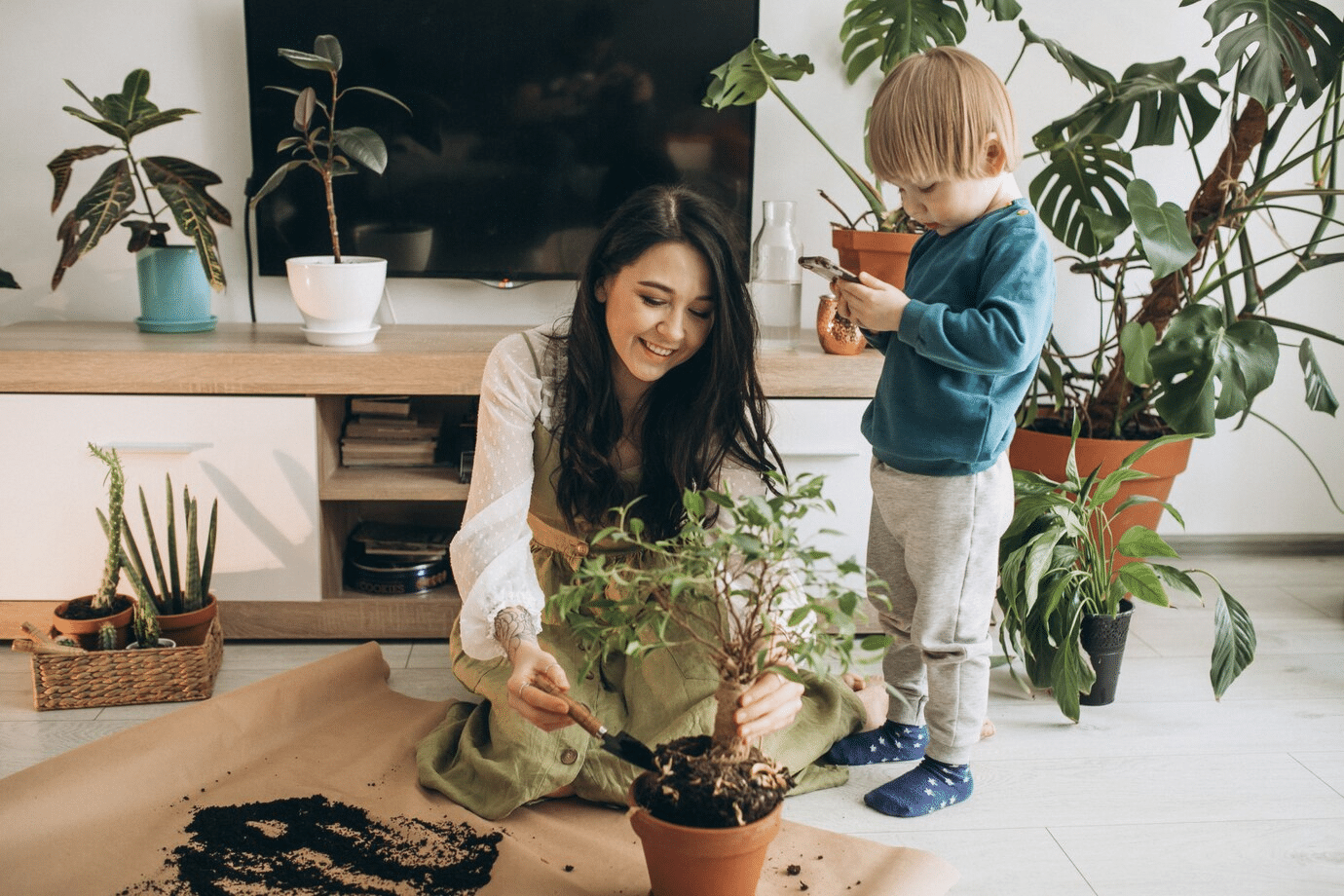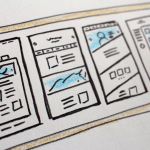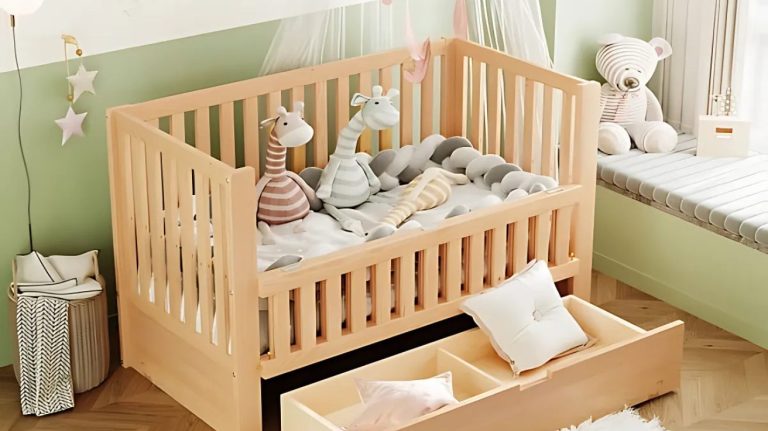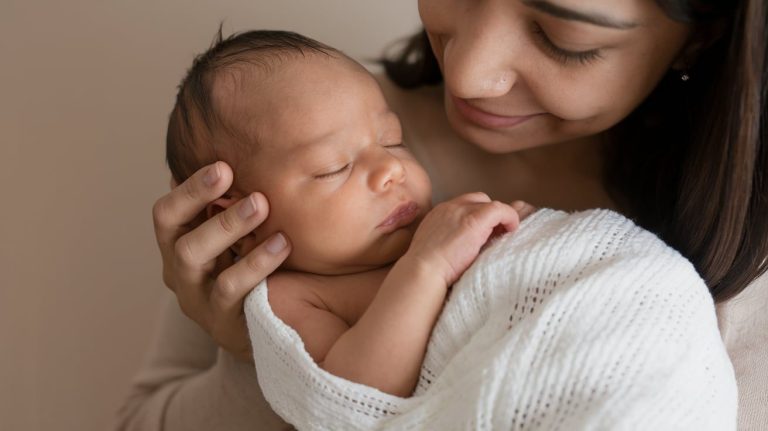Creating a sustainable nursery for your newborn is beyond style. It shapes a healthier future for your little one. Did you know that the U.S. produces 268 million tons of waste each year?
Choosing eco-friendly products reduces waste, safeguards your baby’s health, and protects the environment. These eco-conscious choices can minimize your child’s exposure to harmful chemicals. It also contributes to a greener, cleaner planet that will benefit them as they grow.
1. Eco-Friendly Paint
Choose low-VOC and non-toxic paints when painting your baby’s room. VOCs (volatile organic compounds) can release harmful gases into the air. However, professionals consider paints with less than 250 grams of VOCs per liter to be low-VOC and much safer for indoor use.
Look for paints labeled as “non-toxic” or “zero-VOC” to ensure you select the most eco-safe options. Also, opting for water-based paints instead of oil-based paints can further reduce VOCs’ presence. These steps create a healthier space for your newborn while still achieving the beautiful nursery you envision.
2. Sustainable Furniture
Choose furniture made from sustainable materials. Manufacturers harvest these materials responsibly to ensure minimal environmental impact. They include bamboo and FSC-certified wood.
When selecting furniture, choose versatile, long-lasting pieces that can adapt as your child grows. Look for convertible cribs that become toddler beds, dressers that can be changing tables, and items with timeless designs. They remain functional and stylish throughout your child’s early years. Investing in quality and adaptable furniture creates a safe space that grows with your child.
3. Organic Bedding
Choose organic cotton sheets and blankets. They offer numerous benefits. For instance, sheets from Organic Favorite ensure a safe and comfortable sleep environment. These materials are free from harmful chemicals and pesticides found in conventional bedding.
Additionally, when shopping for these eco-friendly options, look for accreditations such as the Global Organic Textile Standard (GOTS). This certification guarantees the textiles meet stringent ecological and social criteria throughout production. Opting for GOTS-certified bedding provides your baby with a healthier sleeping area while supporting sustainable farming practices.
4. Natural Fiber Rugs
Incorporate rugs made from organic wool or recycled materials in your baby’s nursery. These natural fibers lend warmth and comfort underfoot and contribute to better indoor air quality. Since infants’ lungs are more susceptible to damage from pollutants, choosing rugs free of synthetic materials and harmful chemicals is essential.
Organic wool rugs naturally resist dust mites and mold, improving the air your baby breathes. On the other hand, recycled materials prevent waste from ending in landfills and reduce the demand for new raw resources. Opting for these eco-friendly choices creates a safer, cleaner environment for your child to grow and thrive in.
5. LED Lighting
Opt for energy-efficient lighting, like LED lights. They use about 75 percent less energy than conventional incandescent bulbs. They are a more sustainable option that can significantly reduce electricity bills.
Consider installing dimmable LED options to adjust the brightness and suit different times of day easily. For instance, you can set a softer light for bedtime and brighter for playtime. This feature enhances comfort and extends the life of the bulbs, providing a practical and eco-friendly lighting solution that meets your family’s needs.
6. Non-Toxic Toys
Choose toys for your newborn made from natural wood or recycled plastics. These materials are free from harmful chemicals typically found in conventional plastic toys, which can pose health risks over time. Natural wood and recycled plastic toys are sturdy, non-toxic, and often come with smooth, child-safe finishes.
These eco-friendly options ensure playtime is fun and safe, reducing your baby’s exposure to potential toxins while supporting sustainable practices. This thoughtful approach helps protect your little one’s health and the planet.
7. Plant-Based Cleaning Products
Consider using non-toxic, plant-based cleaning products that are gentle yet effective to keep the nursery clean and safe. Vinegar, tea tree oil, castile soap, and baking soda are excellent natural cleaning agents. They tackle daily dusting and stubborn stains without introducing harmful chemicals into your baby’s environment.
Vinegar and baking soda are great cleaning solutions that cut through grime. Meanwhile, tea tree oil has antibacterial properties, perfect for sanitizing surfaces. Castile soap is a versatile, mild soap used on floors and baby toys. It ensures a clean, safe space for your child to explore.
8. Solar-Powered Gadgets
Incorporating solar-powered items is a fantastic way to embrace renewable energy and decrease reliance on conventional electricity. Solar power acquires energy from the sun, a plentiful and renewable resource. It can power essential nursery items without the ongoing cost and environmental impact of traditional energy sources.
Choosing solar-powered gadgets, like baby monitors and night lights, allows you to make an eco-friendly choice. It ensures these devices can continue operating even during power outages. This approach promotes sustainability and introduces the benefits of renewable energy into your daily life, setting a positive example for future generations.
9. Air-Purifying Plants
Place indoor plants in your nursery. They can naturally purify the air and enhance the environment where your baby spends much of their time. These plants help improve air quality by reducing airborne microbes by up to 50 percent and absorbing pollutants like formaldehyde and benzene.
Choose child-safe options such as spider plants, Boston ferns, and bamboo palms. They are known for effectively removing indoor pollutants without harming curious little ones. These plants bring nature indoors and contribute to a healthier air quality. They also make the space safer and more comfortable for your baby.
10. Second-Hand and Upcycled Decor
Choosing second-hand furniture and decor reduces waste and creates a more sustainable environment. When selecting these items, always check for stability and the absence of hazardous materials like lead paint, especially in older pieces. Refurbishing can also breathe new life into these finds.
Consider using low-VOC paint for a fresh look that maintains indoor air quality. Reupholstering with organic fabrics can also add a personal touch while ensuring the materials are safe for your baby. These tips can create a stylish, secure, eco-friendly space showcasing your commitment to sustainability and care.
Creating a Healthier Environment With Sustainable Choices
Making sustainable choices for your nursery creates a healthier environment for your child. Opting for eco-friendly products and practices ensures a safer, cleaner world for your little one to grow up in.

